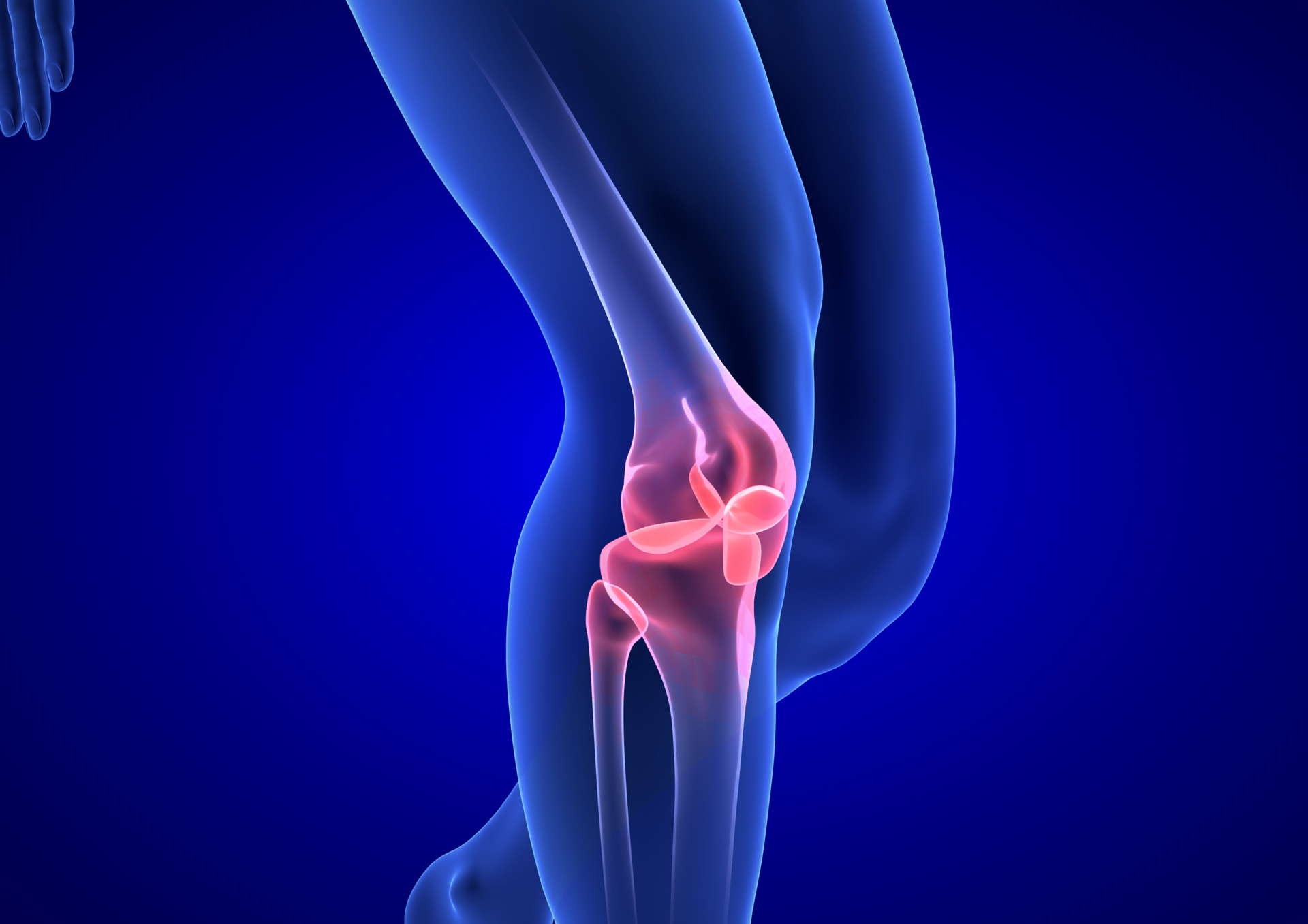Dealing with knee pain
Your knees are the most vulnerable joint in your body so it is not uncommon to suffer knee pain. There are several warning signs for a serious knee condition, including swelling, stiffness around the joint, redness and a feeling of warmth when the knee is touched. Some people experience a popping or crunching noise when moving the knee. Another indication of a serious problem is a reduction of movement or strength in the knee. If it feels that the knee is going to give way or it is hard to fully straighten the knee, there is cause for concern.
When to make the call
According to Mayo Clinic, it is time to see a doctor if you can’t bear weight on your knee without pain. To determine the cause of the pain, the doctor might order an X-ray of the knee to look for fractures or signs of disease. In some cases, a CT scan might be used to allow the doctor to see cross-sectional images of the knee to detect bone problems. Ultrasound or MRI are two other diagnostic tools which allow the doctor to see the soft tissue structures like ligaments, tendons, cartilage and muscles inside and around your knee to determine if they are cause of the pain. Finally, the doctor might order lab tests on your blood or on the fluid inside your knee to check for infection or disease.
Common knee pain causes
Most knee pain can be traced to an injury, misalignment or degeneration. Injury or trauma can be sudden like a fracture to the bone from a fall. Another common source of knee trauma is a sudden, violent movement of the knee. For example, people who play basketball can experience a tear in the ACL ligament during an intense moment in sports. The meniscus, the tough cartilage that acts as a shock absorber, can also be torn if the knee is violently twisted while bearing weight. Other trauma occurs over time as the knee is used repeatedly. Two examples of this are bursitis, which is an inflammation of the small sacs of fluid that cushion the knee, or tendinitis, which is the irritation of the tendons due to prolonged knee use.
Misalignment is another common cause of knee pain. This occurs when the knee is not operating correctly. Over time, the muscles and tissues that operate the knee can weaken causing the knee to operate improperly. There are a variety of conditions like a dislocated kneecap, which occurs when the triangular bone that covers and protects the knee slips out of place.
Degeneration is another culprit causing knee pain. The most common is arthritis. There are more than 100 different types of arthritis but some are more likely to cause knee pain. Osteoarthritis is the most frequent type to cause knee pain. It occurs when the cartilage in the knee begin to deteriorate over time. When the cartilage is not able to cushion the movement of the knee, pain will occur. Gout is another form of arthritis that affects the knees. With this condition, uric acid crystals build up around the joint affecting proper movement and causing pain. Septic arthritis occurs when the knee joint is infected. The knee will then swell and become painful. A fever often accompanies the swelling.
Finding relief
For some knee pain, medications and injections can provide relief for a period of time but in other cases, surgery is often the best option. For some conditions, arthroscopic surgery can provide relief. Using multiple small incisions, this procedure allows the doctor to remove and repair damaged cartilage, reconstruct torn ligaments or make other knee repairs.
Partial and total knee replacements are another method of addressing knee pain. In a partial replacement, only the most damaged portions of the knee are replaced with new metal or plastic parts. During a total knee replacement, the surgeon removes all of the damaged bone and cartilage to make room for an artificial joint.
Time to mend
Knee surgery requires a time of careful recovery to assure the best outcome in the shortest amount of time. There needs to be a well-planned period of rehabilitation with experienced physical therapists using appropriate equipment. The Orthopedic Pavilion at Glenview Terrace can provide this high level of post-surgical care.
Complete with its own private entrance, lobby and specialized gym, Glenview Terrace’s Orthopedic Pavilion is where guests work one-on-one with licensed therapists seven days a week on outcome-focused strategies designed to develop strength and endurance and range-of-motion. Guests will also have access to board-certified medical directors and physicians from local hospitals to ensure continuity of care. A clinical nurse liaison can complete a personalized assessment even before you leave the hospital to make sure all is ready upon arrival at Glenview Terrace. A nurse practitioner is on-site to work directly with your physician to help quickly diagnose and manage your medical needs. An orthopedic rehabilitation nursing manager will guide your nursing team so you can reach the best possible outcome, while the director of therapy oversees your therapy goals.
This outstanding level of orthopedic recovery takes place in elegantly appointed surroundings. Comfortable rooms with deluxe walk-in showers, satellite television and daily housekeeping services make your stay comfortable. Morning coffee and the newspaper are delivered to the rooms daily. An attentive concierge team is available to help fill special requests to make the stay as enjoyable as possible.
When you make the decision to have knee replacement surgery, also decide to recover at The Orthopedic Pavilion at Glenview Terrace. With its outstanding clinical outcomes and acclaimed therapy, you can expect to get back to the independent lifestyle you desire. For additional information or to arrange a tour, visit glenviewterrace.com or call 847-729-9090.
Copyright © 2017, Chicago Tribune
Back
